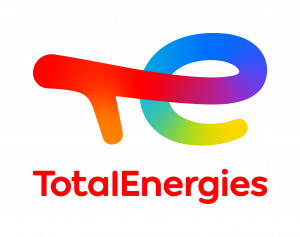
Wildlife and Offshore Wind
To create a system for the comprehensive evaluation of potential effects of offshore wind energy development on marine wildlife


About the Project
Wildlife and Offshore Wind (WOW) is a trans-disciplinary, highly integrated collaboration of diverse experts for the comprehensive evaluation of the potential effects of offshore wind energy development on marine wildlife. Our goal is to provide a long-term, adaptive roadmap for efficient and effective assessment of the potential effects of offshore wind energy development on marine life, from siting through operation.
The two project WOW objectives are:
- Gap analysis, risk assessment, and research framework development
- Targeted data collection and technology validation.
This project will provide wind energy developers, regulators, and other stakeholders with advanced and unified frameworks for environmental assessment at site-specific and regional scales. The frameworks will facilitate the design, development, and responsible management of offshore wind energy in the United States.
Offshore Wind Development along the East Coast
The path forward for renewable energy development includes large-scale offshore wind farms along nearly the entire coastline of the United States.
The Bureau of Ocean Energy Management (BOEM), the agency responsible for managing energy and mineral resources on the Outer Continental Shelf (OCS) of the United States, provides active and proposed renewable energy lease areas within the U.S. Exclusive Economic Zone.





Team Members
The project WOW team represents a multi-institution consortium that will bring together internationally recognized PIs in the areas of expertise of research, monitoring, and risk assessment associated with offshore energy development:






















Our project team includes the newly-formed Regional Wildlife Science Collaborative for Offshore Wind (RWSC), whose mission is to collaboratively and effectively conduct and coordinate relevant, credible, and efficient regional monitoring and research of wildlife and marine ecosystems that supports the advancement of environmentally responsible and cost-efficient offshore wind power development activities in U.S. Atlantic waters. RWSC accomplishes this mission by engaging stakeholders throughout the region from four Sectors (federal agencies, states, environmental non-governmental organizations, and the offshore wind industry) to prioritize wildlife monitoring needs, align funding with those needs, and ensure that appropriate data and standards are in place.
Funding provided by:

 .
. 
The 3rd Wind Forecast Improvement Project (WFIP3) is sponsored by the Department of Energy (DOE) and collaborates with WOW on certain research activities, like passive acoustic monitoring of marine mammals and bats, as well as the installation of automated radio telemetry (‘Motus’) stations to detect tagged birds and bats. WFIP3 will deploy moorings and structures complete with a wide variety of weather instrumentation to better understand the physics of the atmosphere and ocean as they relate to the wind in the Marine Atmospheric Boundary Layer (MABL). Project WOW plans to deploy additional marine mammal acoustic recorders, bat acoustic recorders, and Motus stations to these existing WFIP3 moorings and structures. WFIP3 is led by the Woods Hole Oceanographic Institution in collaboration with the national labs of the DOE and the National Oceanic and Atmospheric Administration (NOAA).
External Advisory Board
The project has the support and commitment from an external advisory board made of the following institutions.



























